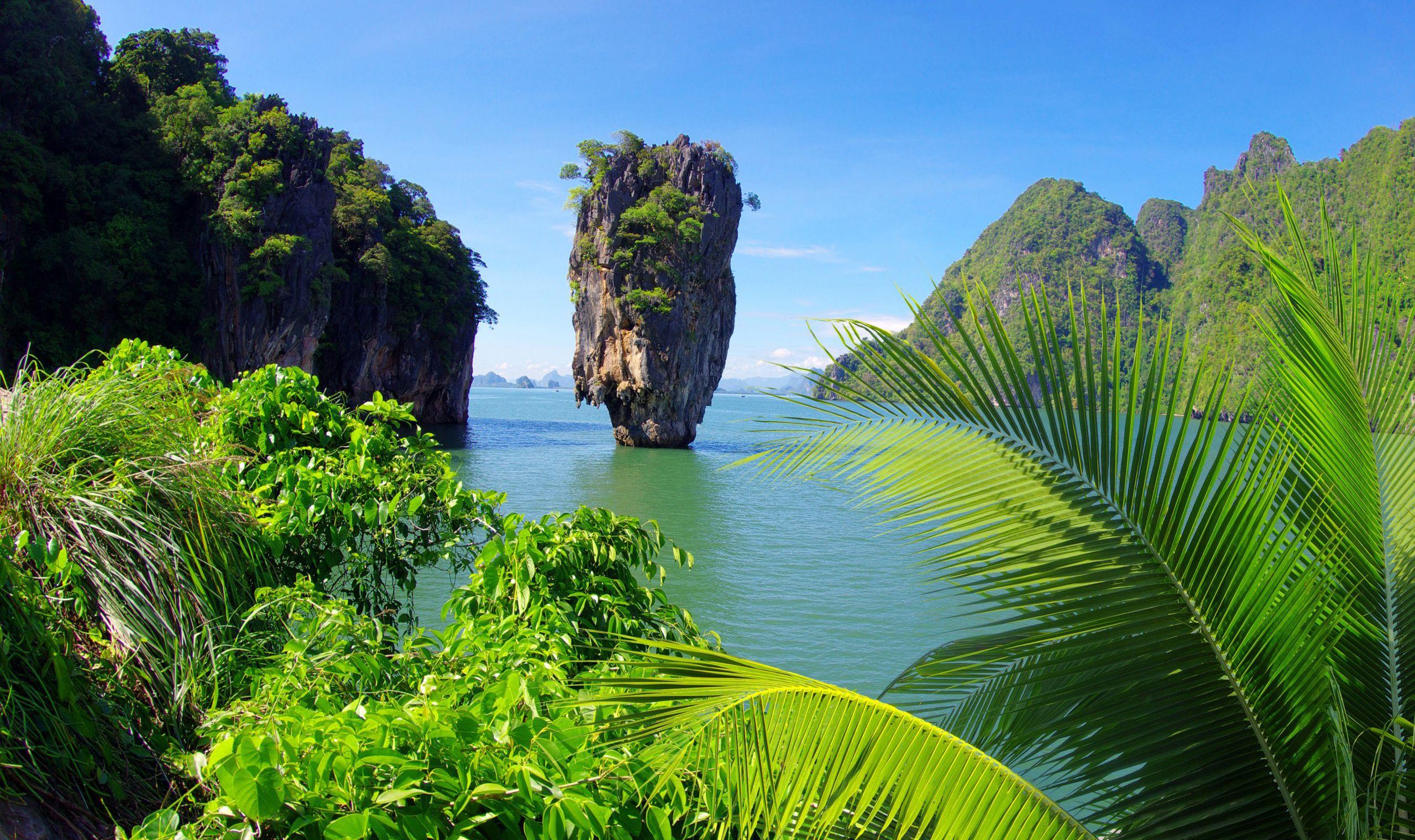India is a land of astounding diversity, where myriad cultures, languages, and traditions coalesce to create a vibrant mosaic. This subcontinent, steeped in history and tradition, offers endless fascination for those who delve into its intricate layers. Below, discover some remarkable facts that illuminate the extraordinary tapestry of Indian life.
Diverse Ethnic Tapestry
One of the most striking features of India is its ethnic diversity. Home to over 2,000 distinct ethnic groups, India showcases an intricate socioeconomic stratification. Each group has its own unique traditions, rituals, and social structures. This plurality is a catalyst for creativity, propelling India’s rich artistic expressions, notably in dance, music, and textile arts.
Multilingual Marvel
India boasts an astonishing array of languages. According to the census, there are more than 1,600 spoken languages across the country. The constitution recognizes 22 official languages, including Hindi, Bengali, Telugu, and Marathi, among others. This remarkable linguistic diversity is indicative of regional identities and often influences interpersonal communication. Consequently, India exemplifies the idea that language is not merely a means of expression but a vessel for cultural identity.
Religious Pluralism
The spiritual landscape of India is as multifaceted as its ethnic makeup. The birthplace of several major world religions such as Hinduism, Buddhism, Jainism, and Sikhism, India is also home to a rich tapestry of religions including Islam, Christianity, Zoroastrianism, and Judaism. This religious pluralism fosters a sense of coexistence, despite occasional sectarian conflicts. The vibrant festivals—Diwali, Eid, Christmas—serve as reminders of this intricate coexistence and mutual respect.
Geographical Diversity
India’s geography is nothing short of awe-inspiring. From the soaring peaks of the Himalayas in the north to the serene beaches of Kerala in the south, and from the arid deserts of Rajasthan to the lush forests of the Northeast, the geographical landscape of India is astounding in its variation. This diversity not only influences climate and biodiversity but also shapes regional lifestyles, agriculture, and culinary preferences.
Culinary Richness
Indian cuisine reflects its historical exchanges and cultural diversity. Each region has its culinary specialties deeply rooted in local ingredients and traditional practices. Spices play a monumental role, enhancing flavors and offering various health benefits. The culinary landscape ranges from the creamy curries of North India to the rice-based dishes of the South and the spicy snacks of the West. Moreover, the gastronomic adventures can be attributed to the country’s diverse agricultural practices and climatic conditions.
Historic Monuments
India’s rich history is etched in its architectural marvels, each telling tales of its past. The Taj Mahal, a UNESCO World Heritage site, epitomizes the grandeur of Mughal architecture. Similarly, sites like the Red Fort, Hampi, and Jaipur’s City Palace demonstrate the fusion of cultural influences. Forts, temples, and palaces dot the landscape, each a witness to the country’s multifaceted history. These structures not only attract tourists but also stand as a testament to the artistic prowess and socio-political narratives of bygone eras.
Dress and Attire
The attire of India is as diverse as its people. Traditional clothing varies significantly from region to region, reflecting both culture and climate. In the North, men often don kurta-pajamas or sherwanis, while women wear sarees or salwar-kameez. Meanwhile, in the West, colorful turbans and ghagras represent the culture of Rajasthan. In the South, traditional silk sarees and dhotis showcase the intricate craftsmanship of local weavers, preserving millennia-old techniques.
Festivals Galore
India’s calendar is replete with vibrant festivals that illustrate its cultural richness. Each festival, be it Holi, the festival of colors; Eid, marking the end of Ramadan; or Pongal, celebrating harvest, holds significant cultural and religious meaning. These celebrations often foster community spirit, transcending linguistic and regional barriers. They not only evoke a sense of belonging among the participants but also offer insights into the unique customs and values of different communities.
Eco-Diversity and Wildlife
Home to some of the world’s most diverse ecosystems, India’s wildlife is a national treasure. From the majestic Bengal tiger to the rare one-horned rhinoceros, the country’s national parks and reserves are sanctuaries for innumerable species. The Western Ghats and the Sundarbans are UNESCO World Heritage sites, recognized for their ecological significance. Protecting this biodiversity is vital, as it sustains local communities and reflects the country’s commitment to preserving its natural heritage.
Innovation and Development
In recent decades, India has emerged as a global player in technology and innovation. Cities like Bangalore are hailed as technology hubs, nurturing vibrant start-up cultures. The country is also known for its contributions to space exploration, epitomized by missions like Mars Orbiter Mission (Mangalyaan), which positions India as a technologically advanced nation. This juxtaposition of ancient traditions with modern advancements compels global interest and admiration.
Conclusion
India, with its rich tapestry of diversity and astonishing facets, is more than just a destination; it is an experience. The quest to understand India is a journey through its multifarious cultures, languages, religions, and histories, revealing not only the essence of its populace but also inviting deeper reflections on life, community, and coexistence. Its charm lies not just in its illegible contradictions but in their harmonious coexistence, making India an ever-fascinating subject of exploration.









